Resistance exists in nature even before the discovery of new drugs
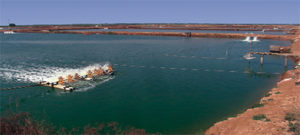
Antimicrobial resistance is an issue of veterinary and public health concern that is typically associated with the use of antimicrobials during production and clinical treatments. However, reported occurrences of resistance in unexpected circumstances suggest that resistance is not a simple linear process.
A large number of studies have detected significant to high levels of resistance in the microflora of relatively pristine, unpolluted water bodies free of known human influence. Several studies have shown an increase of resistance frequency in environments impacted by aquaculture facilities but not by any antimicrobial agent used in the facilities.
Also, a dramatic increase of resistance has been detected in environments where there is significant nutrient enrichment. In one of these reports, for a laboratory mesocosm, environmental samples increased their resistance frequency to oxytetracycline from 2 to 100 percent purely by their incubation in the presence of drug-free fish feed.
Evolution of resistance
Molecular biology has had a major impact on explaining the mode of action of antibiotics and their resistance development and dissemination. An important step was the understanding that emergence of resistance occurs by chance and is independent of the presence of an antibiotic. The antibiotic only provides positive selective pressure on mutants, fostering their proliferation and allowing us to detect them, while counterselecting (eliminating) the susceptible bacteria.
The evolution of bacteria toward resistance results from two independent and successive steps: emergence and dissemination. Nothing can be efficiently done to prevent the emergence of resistance, which can be a rare, even transient event if it does not provide selective advantage against a molecule present in the environment of the bacterium.
Resistance exists in nature even before the discovery of new drugs. This is obvious for natural antibiotics, since the producing microorganisms must protect themselves, but it also holds true for semisynthetic and entirely synthetic antibiotics. In contrast, numerous studies have indicated a close correlation between the use of antibiotics and dissemination of resistance. This indicates that cautious use of these drugs slows the spread of the resistance genes.
Genetic elements
The bacterial genome is composed of chromosome and accessory genetic elements. The chromosome contains the entire genetic information required for the life cycle of the bacterium. As indicated by their name, accessory genetic elements such as plasmids and transposons carry genetic information that is dispensable but can, under certain circumstances, provide major advantages for the survival of the host, such as antibiotic resistance.
The chromosome is only inherited vertically by the progeny of the cell, when the “mother” cell divides to give rise to two daughter cells, whereas accessory genetic elements can also be transmitted horizontally to other bacteria. Thus, acquired resistance could result from mutations in structural or regulatory chromosomal genes and is not infectious from bacteria to bacteria or in contrast from horizontal acquisition of foreign resistance genes carried by mobile genetic elements.
Resistance types, mechanisms
Intrinsic resistance is present in all the bacteria of a given species or genus and could thus be better considered as insensitivity. It delineates the spectrum of activity of an antibiotic.
Acquired resistance is present only in some strains of the same species or genus, although in some cases, it can be found in the vast majority of the strains. For example, resistance to the penicillins in Staphylococcus aureus concerns more than 90 percent of the clinical isolates.
Intrinsic and acquired resistance do not differ in their mechanisms. Both can employ four major pathways, isolated or in combination.
The main mechanisms of resistance are alteration of the target, which leads to loss or decreased affinity of the drug for its target; production of an enzyme that detoxifies the drug; impermeability, in particular by diminution of the diameter of pores in the external membrane of Gram-negative bacteria; and efflux of antibiotics outside the cells. The common theme of these various mechanisms is to impede interaction of the antibiotic with its target.
Cross resistance
Cross resistance is resistance to all the chemically related antibiotics of a given class due to a single biochemical mechanism. Bacteria that are resistant to one member of the class are generally resistant to the other members. However, there are degrees of coresistance depending on the activity of the drug and susceptibility of the bacterium.
The more active the antibiotic, the lower the level of resistance. Higher resistance is seen if the host bacterium for the resistance gene is naturally poorly susceptible to the antibiotic to which it confers resistance. Importantly, the use of an antibiotic will select resistance to other members of the class but not to drugs belonging to other classes.
Coresistance
In coresistance, various mechanisms are combined in the same bacterial host. By cross resistance, each confers resistance to a class of antibiotics, and their association can result in a broad spectrum of resistance to multiple drugs. Again, the consequence of coresistance is coselection. Use of a member of a drug class to which the bacterium is resistant coselects resistance to the other classes of antibiotics even though they have totally distinct modes of action.
Genetic structures known as integrons are a most efficient way to achieve co-resistance. These elegant elements capture and express resistance genes. Integrons, which can be located either in the chromosome or in plasmids or transposons, posses the machinery necessary for the stabilization of genes.
These captured genes are tightly linked, because they are not only physically adjacent, but coexpressed from the same promoter. Since the genetic organization of integrons results in coexpression of the integrated genes, use of any antibiotic that is a substrate for one of the resistance mechanisms encoded by the genes in the integron will coselect for resistance to all the others.
Reversion of resistance
Molecular biology has also shown that antibiotic resistance is very slowly reversible, if at all. Various factors, such as the low biological cost of certain resistances and the occurrence of compensatory mutations – which restores the fitness or competitiveness of the resistant strains versus their susceptible counterparts even in the absence of antibiotic – together with coresistance account for the fact that, even though the use of certain drugs was discontinued years ago, fairly high numbers of bacterial species remain resistant to “old” molecules. Today’s antibiotic use pattern will be responsible for the resistance problems that will be faced in the future.
(Editor’s Note: This article was originally published in the March/April 2008 print edition of the Global Aquaculture Advocate.)
Now that you've reached the end of the article ...
… please consider supporting GSA’s mission to advance responsible seafood practices through education, advocacy and third-party assurances. The Advocate aims to document the evolution of responsible seafood practices and share the expansive knowledge of our vast network of contributors.
By becoming a Global Seafood Alliance member, you’re ensuring that all of the pre-competitive work we do through member benefits, resources and events can continue. Individual membership costs just $50 a year.
Not a GSA member? Join us.
Authors
-
Victoria Alday-Sanz, Ph.D.
Aquatic Animal Health Consultant
Portal del Angel 3-5, 2
Barcelona, Spain 08002 -
Patrice Courvalin, M.D.
Unité des Agents Antibactériens
Institut Pasteur
Paris, France
Related Posts
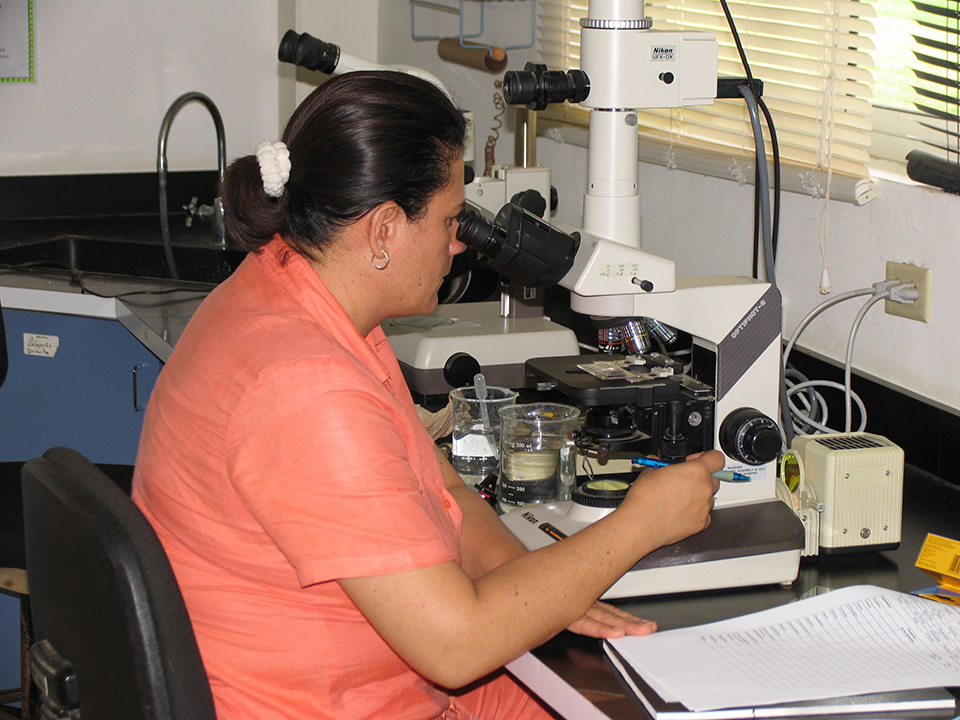
Health & Welfare
Antimicrobial resistance: Aquaculture to humans, humans to aquaculture?
The transfer of resistance from an aquaculture pathogen into a human enteric bacterium has been demonstrated in research and may be happening in the real-world environment.
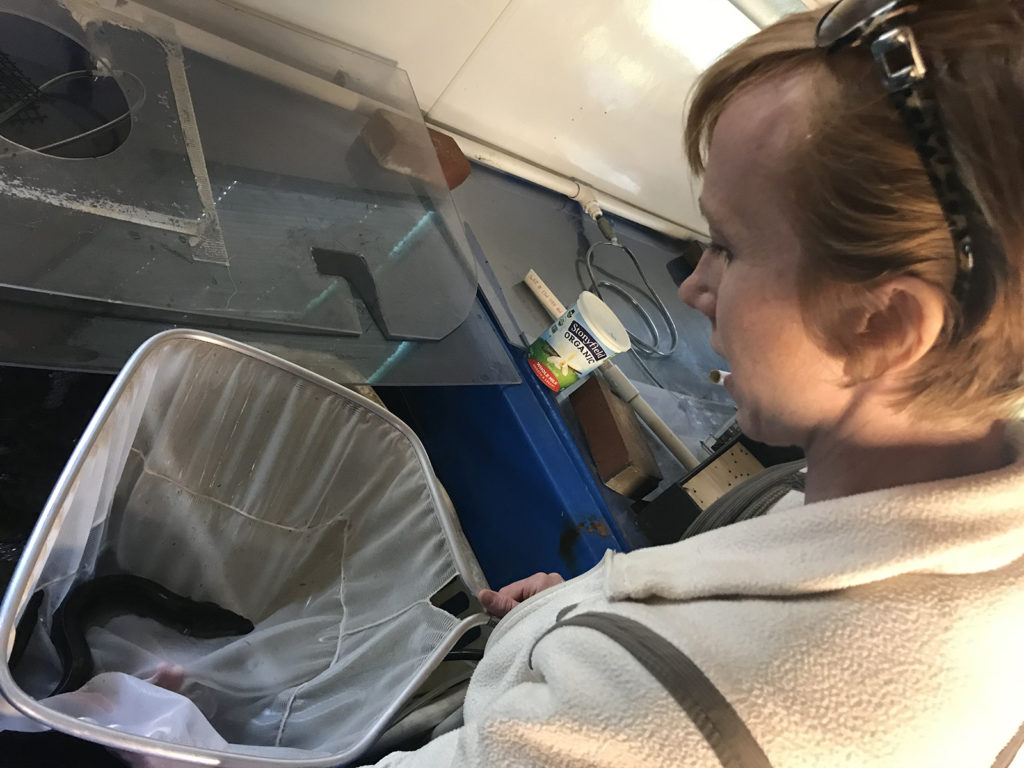
Innovation & Investment
American Unagi brings eel farming back ‘home’
Sara Rademaker launched American Unagi to shift eel farming to American soil, where the eels are from. Why? Because of the novelty, and because she saw an opportunity to do things better.
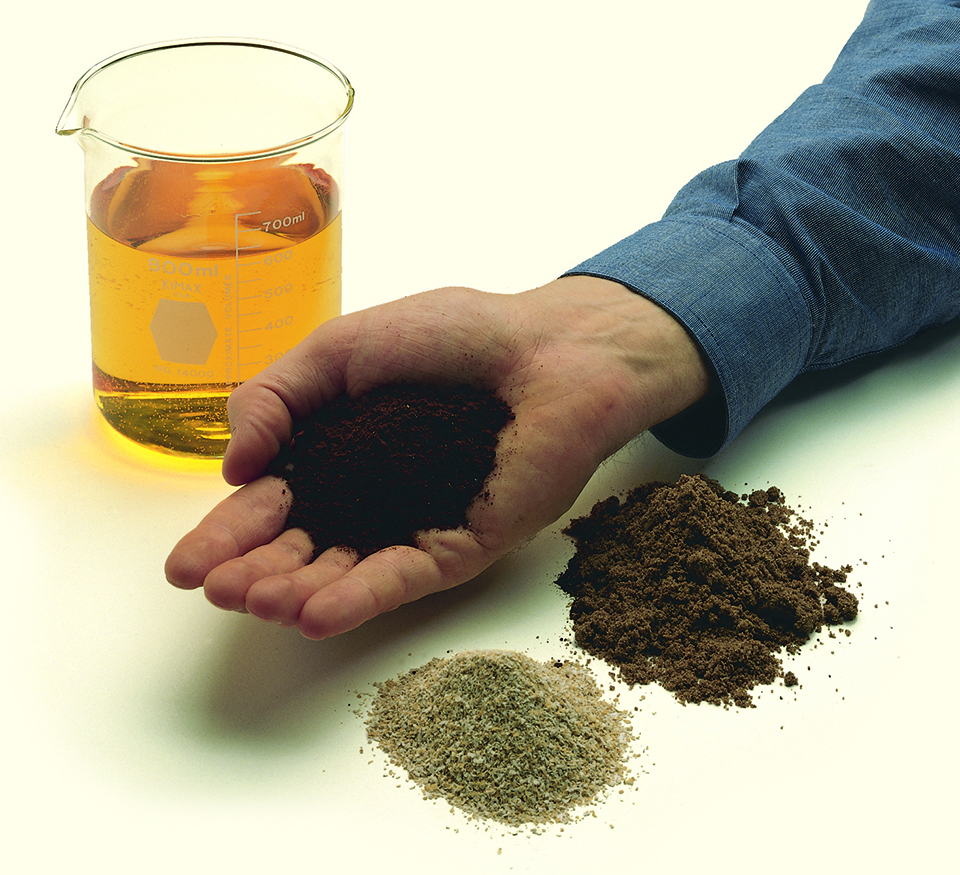
Aquafeeds
Animal co-product hydrolysates sources of key molecules in aquafeeds
Key molecules found in animal byproduct hydrolysates show potential for use as functional ingredients in aquaculture feeds. Animal co-product hydrolysates from slaughterhouse waste and rendered animal byproducts present a protein alternative.
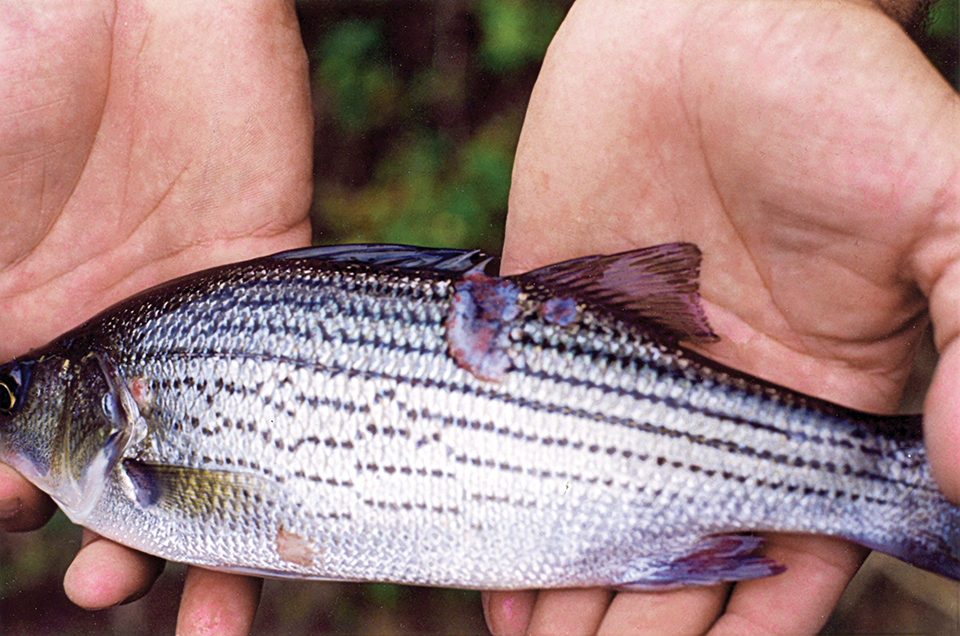
Health & Welfare
Antibiotic-resistant bacteria, part 1
No antimicrobial agent has been developed specifically for aquaculture applications. However, some antibiotic products used to treat humans or land-based animals have been approved for use at aquaculture facilities.



